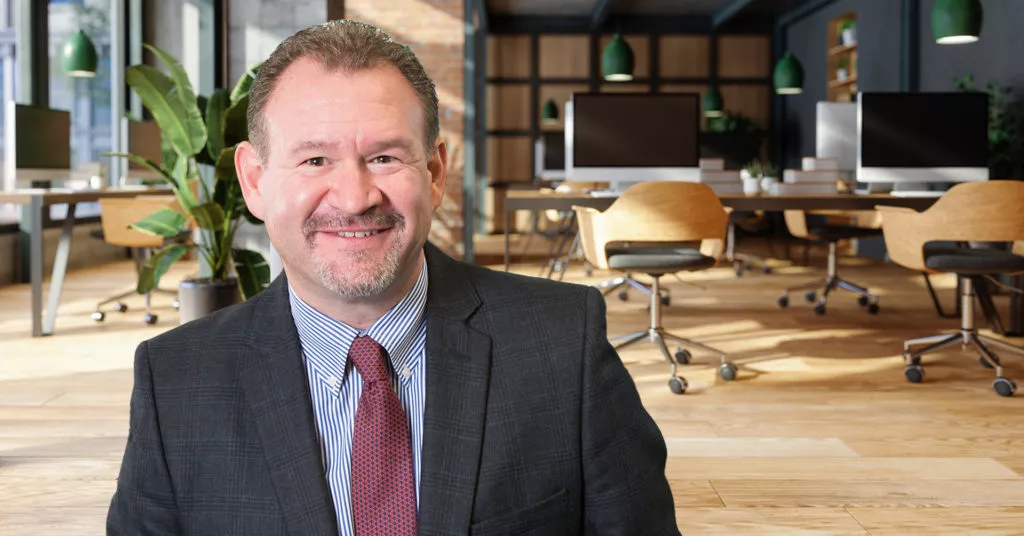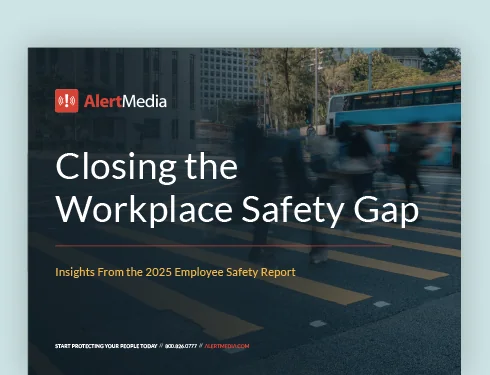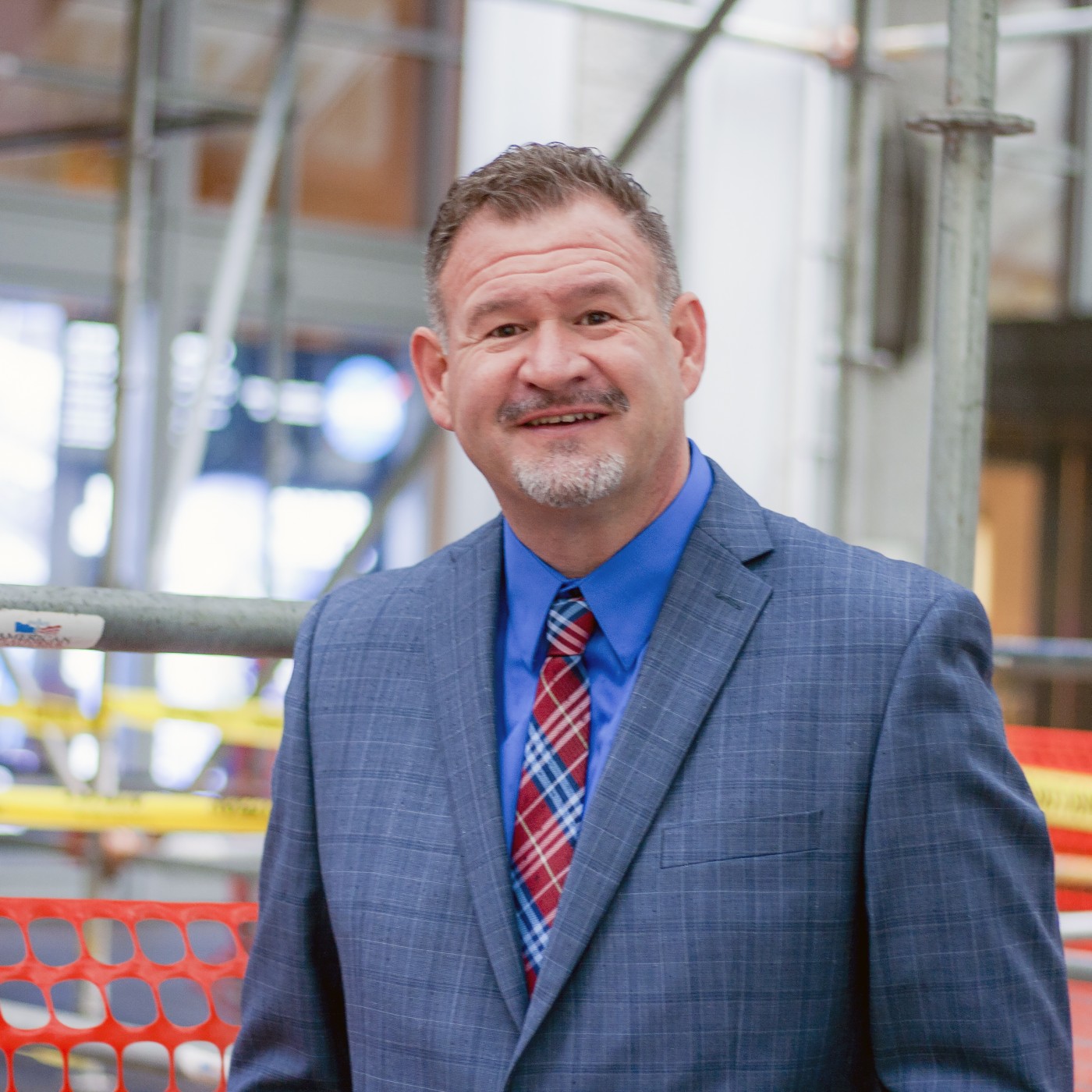
Q&A: The CDC on Improving Total Worker Health
Dr. Casey Chosewood, Senior Medical Officer and Director of the CDC’s NIOSH Total Worker Health® Program shares how organizations can keep employees safe at work and empowered in their overall health.

The CDC’s National Institute for Occupational Safety and Health (NIOSH) believes that organizations should look beyond traditional safety programs to create healthier, more fulfilling work environments for their people.
Dr. Casey Chosewood is a Senior Medical Officer and Director of the CDC’s NIOSH Total Worker Health® Program. The program seeks to improve the overall health and well-being of employees by shaping the policies, programs, and practices organizations incorporate into their safety cultures.
Dr. Chosewood recently joined The Employee Safety Podcast to discuss how organizations can empower employees in their overall health while benefiting their company’s bottom line.
You can listen to the episode on Apple Podcasts, Spotify, or below.
Q&A With Dr. Casey Chosewood, Senior Medical Officer and Director of the CDC’s NIOSH Total Worker Health® Program
What is the Total Worker Health Program? Can you give us some background on its purpose and mission?
We define Total Worker Health as the programs and practices that shape a high-quality company when it comes to worker safety, health, and well-being. Job number one of any employer is to make sure they’re keeping their workers safe. However, employers should take steps beyond just keeping workers safe, and that is what Total Worker Health is about. The next steps include asking your employees what their challenges are and identifying the health goals they have for themselves and their families. This allows you to begin working on the issues that matter to your people both on and off the job.
Traditional occupational safety and health protection programs have primarily concentrated on ensuring that work is safe and that workers are protected from the harms that arise from work itself. That’s obviously very critical, especially in safety-sensitive work, but Total Worker Health builds upon that approach through the recognition that work is a social determinant of our overall health. Job-related factors like our wages, the hours of work that we do, the workload and stresses that we face, and how we interact with coworkers, are important elements when it comes to overall health and well-being. A good employer must have an ongoing commitment to healthier hiring practices, better job design, attention to working demands, making sure wages and benefits are adequate, and recognition and rewards are provided. Good workplace cultures can turn a job into a fulfilling experience that provides both a living and a life.
What does the program look like in practice?
Total Worker Health programs should be voluntary, not mandatory. The first step is to consider creating a safety, health, and well-being committee that includes employee and management representatives. Next, create a survey that asks workers what their needs are, what’s working for them on the job, what challenges they’re facing, and any areas where they could use some guidance and improvement.
“Work is a social determinant of our overall health.”Dr. Casey Chosewood Senior Medical Officer and Director of the CDC’s NIOSH Total Worker Health® Program
The traditional approach to workplace safety used to be, “what you do away from the job is none of our business.” However, our research shows that what happens at work doesn’t stay at work, and what happens at home doesn’t stay at home. There’s tremendous overlap between the challenges that people experience in both parts of their lives, so it’s important to prioritize employee mental health and work-life balance.
A Total Worker Health company does more than just keep workers safe; it adds health opportunities for employees. It’s a win-win because when your employees go home feeling great, they come back to the job with more health, which translates to better productivity, happier workers, retention, fewer injuries, and healthcare dollars spent, and greater customer satisfaction.
How does NIOSH get its data, and what are some of its key findings when it comes to mental health or Total Worker Health?
NIOSH performs much of the Occupational Safety and Health research that informs OSHA regulations. We have ten Total Worker Health centers that span across the United States, where we conduct on-the-ground, peer-reviewed research to find the best approaches to protecting employee health. We also use existing research tools from the National Center of Health Statistics from our parent organization, CDC. We look at data from the Bureau of Labor Statistics, workers’ compensation data, and our quality of work-life survey that NIOSH sponsors every four years.
We’ve also introduced a new research tool called the NOISH Worker Well-Being Questionnaire. This survey examines quality of life issues, including individual workers’ health status, their physical and psychological safety, their work environment, home, community, and society. It’s a great way to quickly gauge where your workers are succeeding in their well-being and where you can help them improve.
How does an organization get involved in the Total Worker Health Program? Is it all accessible on your website or do you do any kind of consulting with companies?
We welcome the opportunity to work directly with companies. Our academic centers are often looking for places to develop and explore new concepts for new approaches to worker safety, health, and well-being. Like the rest of NIOSH, our Total Worker Health team also provides direct consultations to employers. We’re happy to bring together the right people and skills to assist you on your Total Worker Health journey.
Our website is rich with content and I would direct safety leaders to our Promising Practices page, where we feature examples of Total Worker Health programs in action. You can also subscribe to our free newsletter for high-quality research and applied ways to improve worker health practices.
What is the biggest workplace safety concern that organizations are facing today?
About 90 percent of employers list mental health as a top challenge they’re facing right now. From rapid changes in work and supply chain issues to labor shortages and inflation, there are many factors contributing to high levels of workers’ stress. Now more than ever, the discussion around stress and mental health belongs in the workplace.
There are some industries and occupations where the risk around mental health issues is greater than the average worker. For example, we see overdose deaths in some industries six times the rate of the average worker. This isn’t to indict those industries, but it is to draw attention to the fact that certain working conditions and challenges can create risk factors for certain mental health outcomes.
Organizations have a duty to improve the quality of work so that work itself is not contributing to mental health, suicide, overdose risks. Employers and managers need to increase their comfort around these issues and be ready to help. Keep the door open to conversations—talking more about mental health doesn’t increase liability, it actually benefits employee retention in your workplace.
What is the business case for the Total Worker Health Program?
To compete in today’s world, workers expect more out of the work experience. You will have to actively work to retain employees and create an environment where they can succeed and be happy. There is also cost savings in the Total Worker Health approach, including decreased injury and illness costs. Depression is one of the leading causes of workplace disability and one of the most expensive, so creating a program that safeguards workers’ mental health, intervenes early, and helps them stay at work is critical to cost savings today.
What is next for the Total Worker Health Program? Can you share any future projects or initiatives you are excited about?
At NIOSH, we want to continue to have foresight into the challenges that workers of today and tomorrow are likely to face. We’re investing heavily in programs around mental health and continuously exploring how to optimize working conditions for better health outcomes.
Nish will continue its 50-year history of putting the needs of workers front and center. That is in the best interest of employers and our economy as a whole. I would like to take a moment to just say thank you to all of the safety and health professionals who are working to create better lives for the people that they serve for a better nation as a whole. We at NIOSH and CDC are indebted to everything safety leaders do to create safer, healthier jobs.





